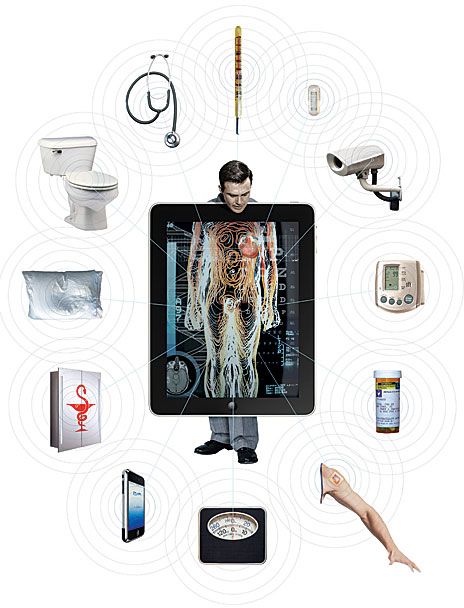ComputerWorld: The lab simulates a remote or stay-at-home patient environment with the aim of improving telehealth services
A new research lab that simulates telehealth services for remote and stay-at-home patients has opened at the University of Western Sydney (UWS).
The Telehealth Research and Innovation Lab (THRIL), located at UWS’ Campbelltown campus, has a fully furnished home lounge room equipped with sensors that transmit data about its occupants to researchers in a control room residing next door.
UWS School of Computing and Mathematics, Associate Professor Klaus Veil, said in “real life” the home could be thousands of kilometres from medical staff and still be linked to multiple healthcare providers and specialists.
"Telehealth has the potential to deliver sophisticated healthcare services right in people's homes for a fraction of the cost of hospital or aged care facility stays,” Veil said in a statement.
“For the first time, rural and remote communities could also receive a level of healthcare, including specialist care that is comparable to services offered in large metropolitan areas.”
The new facility will focus on developing new software and hardware for remote sensing and monitoring, patient communication and video image processing; automated systems which assist patients remotely and maintain independence, provide electronic decision support to carers and clinicians; and data acquisition, management and analysis for research.
Full text at:








